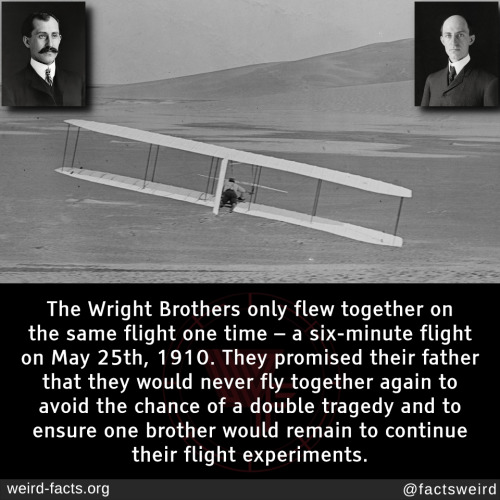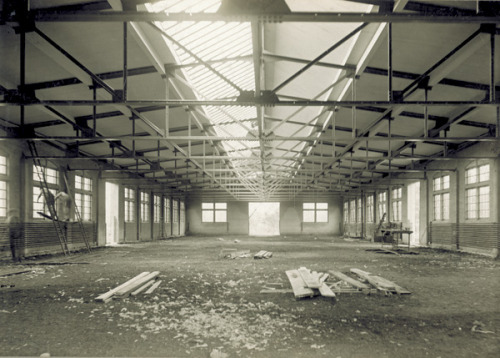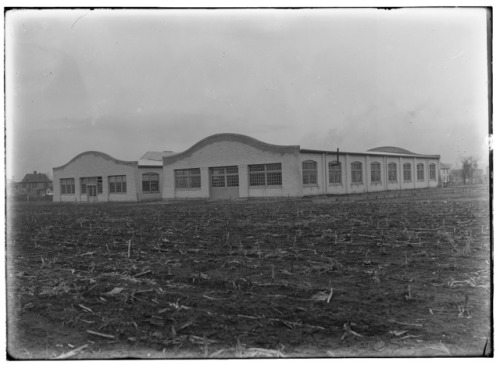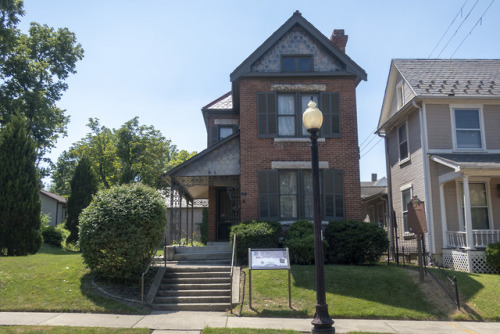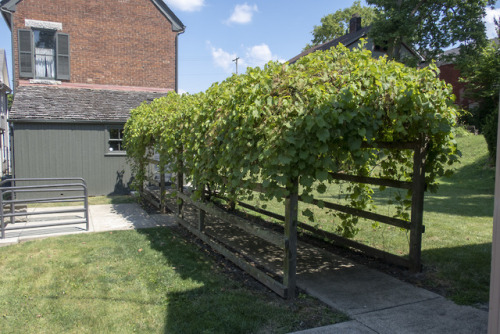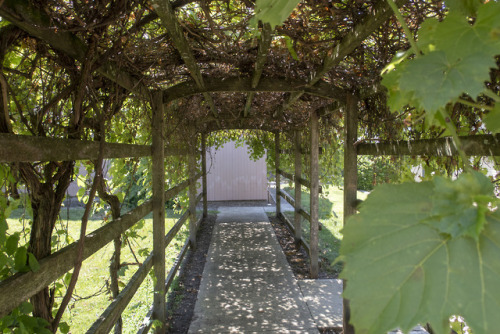#wright brothers
Dreams of Flight
As we drift along the leading edge of the day in a dreamlike splendor, awash in the soft light of dawn, it is a marvel to think that before a twelve second flight on this day in 1903…a mere 118 years ago…all of this was truly a dream of flight…We are blessed to live in an age where, thanks to pioneering dreamers like the Montgolfier brothers in their balloons and the Wright brothers in their…

The Wright Brothers only flew together on the same flight one time – a six-minute flight on May 25th, 1910. They promised their father that they would never fly together again to avoid the chance of a double tragedy and to ensure one brother would remain to continue their flight experiments.
Post link
The Wright Company
Brothers Wilbur Wright (1867-1912) and Orville Wright (1871-1948) built their first experimental airplanes in the back of their bicycle shop at 1127 West Third Street in Dayton, Ohio. They formed the Wright Company in November 1909. The Wright Company started manufacturing airplanes in Dayton, and it coordinated the Wright Exhibition Team and Flying School at Huffman Field to help market their invention.
The Wright Exhibition Team operated only briefly from 1910-1911, while the Flying School lasted through 1916. Civilians and military aviators trained at the Flying School at Huffman Field, which was characterized by uneven and sometimes marshy terrain.
“Here we must depend on a long track, and light winds or even dead calms. It is skirted on the west and north by trees. This not only shuts off the wind somewhat but also probably gives a slight downtrend. However, this matter we do not consider anything serious. The greater troubles are the facts that in addition to cattle there have been a dozen or more horses in pasture and as it is surrounded by barbwire fencing we have been at much trouble to get them safely away before making trials. Also the ground is an old swamp and is filled with grassy hummocks some six inches high so that it resembles a prairie-dog town.”
–Wilbur Wright to Octave Chanute, June 21, 1904, cited in the Huffman Prairie Flying Field Cultural Landscape Report (pg. 13)
The Wright Company started by producing airplane engines and drive trains in their bicycle shop before eventually moving into their new factory.
On September 9, 2019 the Wright Company Factory was officially listed on the National Register of Historic Places.
Dayton’s identity as a city of innovation and industry allowed the Wright Company better access to skilled workers and machinery. The Wright Company produced approximately 120 airplanes in 13 different models and introduced industrial aviation.
Explore this history through some of the cultural landscapes of Dayton Aviation Heritage National Historical Park:
More:
- Dayton Aviation Heritage National Historical Park: Visit the park website to learn more and plan your own visit
- “Wright airplane factory placed on national historic registry,” Dayton Daily News, September 16, 2019
- The Wright Company Factory Site, National Aviation Heritage Area
- Wright Brothers Photograph Collection: Wright State University Special Collections
- Wright Brothers Negatives Collection: Library of Congress
- What are cultural landscapes?
Post link
Literary Landscapes: Paul Laurence Dunbar
There are writers that find stories to write about, and there are stories that find a writer to tell them. Paul Laurence Dunbar (1872-1906) can easily be characterized as the later. Born in Dayton, Ohio, to parents that endured slavery, Dunbar attended public schools and discovered a love for sharing wisdom and words. He was involved with the school newspaper and active in both debate and literacy societies. It was in school that Paul first became acquainted with Orville Wright, of the famed Wright Brothers, who eventually would print the newspaper that Paul published and edited for the African American community of west Dayton.
After high school Paul secured employment in Dayton operating an elevator, while he continued to write short stories and poems. In 1892, he was asked to speak at the Western Association of Writers in Dayton, where he met poet James Newton Matthews. Matthews encouraged Paul to publish his first collection of poetry, Oak and Ivy, in 1893. His writing continued to garner high levels of praise and expose him to influential people such as Frederick Douglass andCol. Charles Young.
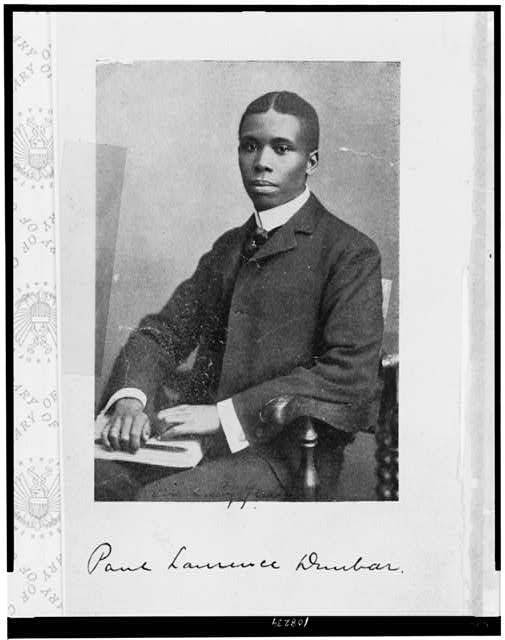
Paul Laurence Dunbar portrait, 1905 (Illus. in: Lyrics of sunshine and shadow / by Paul Laurence Dunbar. New York : Dodd, Mead & Company, 1905, frontispiece. Source: Library of Congress).
Paul’s life was marked by the successes and pitfalls that sometimes afflict artists. He toured the United States and Great Britain delivering public readings of his work. He published a newspaper and wrote novels, plays, and song lyrics, finding accomplishment in his own right while also advocating for the rights of others. He found camaraderie with fellow poets and scholars and, after a courtship by letter, eloped with poet Alice Ruth Moore in 1898. His diagnosis with tuberculosis in 1899 and resulting self-medication regime with alcohol lead to his separation from Ruth in 1902 and his return to his mother’s home, where he died in 1906.
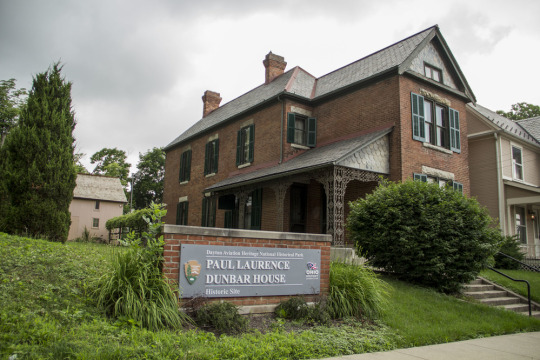
The Paul Laurence Dunbar House Historic Site was the first state memorial in Ohio dedicated to an African American (in 1936) (NPS).
Dunbar’s legacy lives on for the world through his literary works and in the sites that commemorate and interpret his accomplishments. Paul Laurence Dunbar’s poetry influenced the 1920s Harlem Renaissance writers James Weldon Johnson, Langston Hughes, and Claude McKay, and and continues to influence American literature. As an African American writer, he shared the African American experience of his time to the world and became a voice that spoke of humanity and not stereotypes.
“I did once want to be a lawyer, but that ambition has long since died out before the all-absorbing desire to be a worthy singer of the songs of God and nature. To be able to interpret my own people through song and story, and to prove to the many that after all we are more human than African.”
– July 13, 1895, Dunbar letter to Dr. Henry Tobey
Paul Laurence Dunbar Home
Paul Laurence Dunbar’s family home, purchased by his mother Matilda in 1904, is located at 219 N. Paul Laurence Dunbar Street (formerly N. Summit) in Dayton, Ohio. After his passing in 1906, Paul’s mother maintained the home in memory of her son and his accomplishments until her death in 1934.
The state of Ohio purchased the home, opening it to the public in 1938 as a house museum. The site is significant for its association with Dunbar and was designated as a National Historic Landmark in 1962 - the first in recognition of an African American individual. Today, the site remains owned and managed by the state of Ohio and is jointly managed by National Park Service staff and the organization Dayton History. In 1992, the 0.2 acre property became part of the Dayton Aviation Heritage National Historical Park.
The NPS also interprets Paul Laurence Dunbar life and accomplishments at the Wright-Dunbar Interpretative Center, providing photographsandwritten works of Paul Laurence Dunbar.

Carriage House/Garage at Dunbar House (NPS / MWRO).
Stay Tuned:
Historic Structure Report and Cultural Landscape Report for the Paul Laurence Dunbar Home
The National Park Service is currently preparing technical guidance for management of the site, in the form of a Historic Structures Report and Cultural Landscape Report (release estimated in 2020). This document will guide the property’s physical treatment to ensure it retains integrity for future generations to enjoy.
Learn More
- Dayton Aviation Heritage National Historical Park
- Dunbar Historic District - National Register of Historic Places nomination, National Archives
- West Third Street Historic District Cultural Landscape Inventory - The district is tangentially associated with internationally renowned, African‑American poet Paul Laurence Dunbar. Dunbar was raised in a home just outside of the district.
- More about NPS cultural landscapes
This month, we are exploring a few of the NPS cultural landscapes associated with writers and writing. Catch any you missed or add your own favorites with #literarylandscapes
Post link


